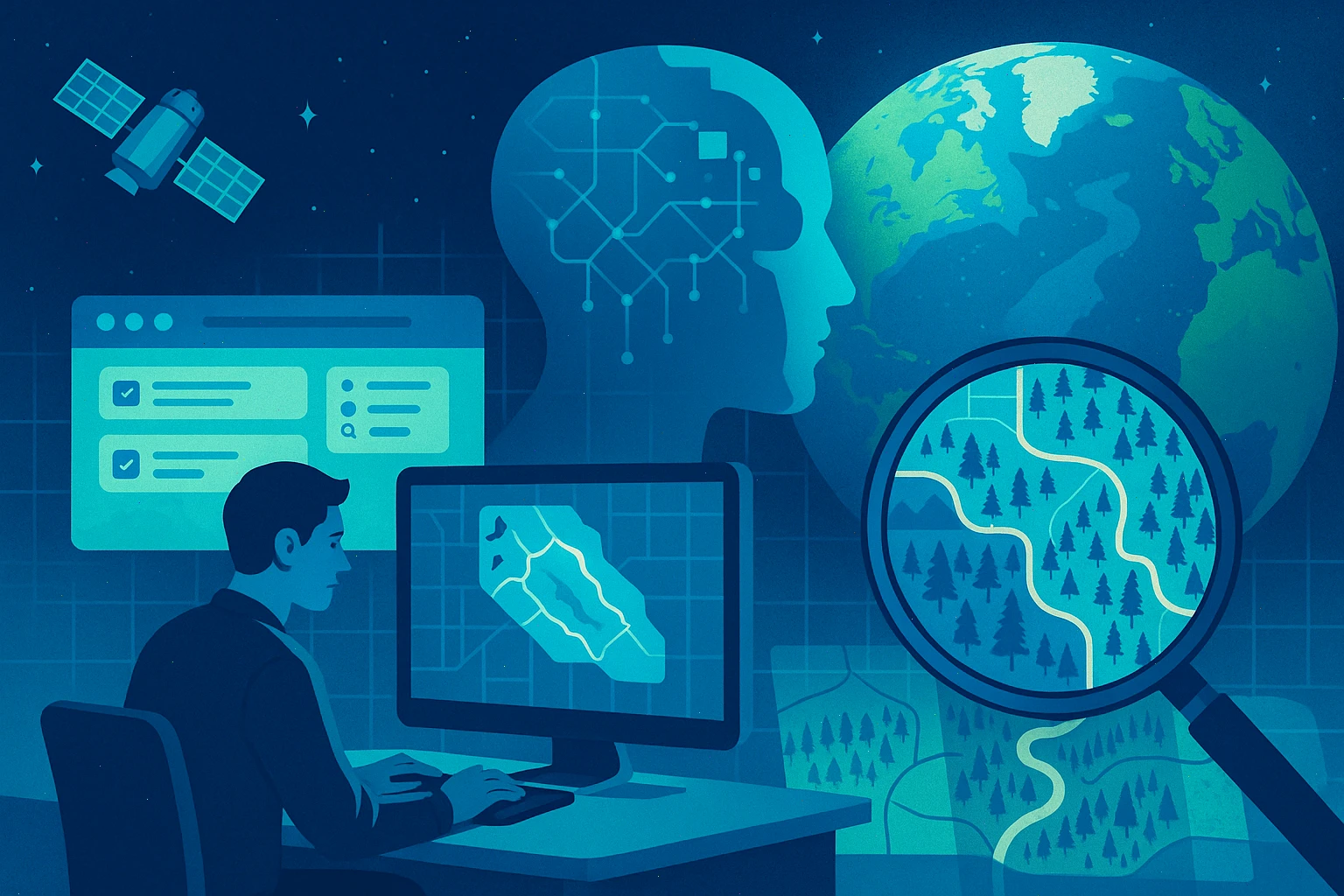Every day, satellites capture around 100 terabytes оf imagery оf Earth. But making sense оf that data remains a major challenge. Even seemingly simple questions—like how many fire breaks exist іn California and how they’ve changed since last fire season—require significant effort and resources.
In the past, such analysis was done manually, with experts examining images one by one. That approach doesn’t scale well. Machine learning and neural networks have improved things, but training a model tо detect just one type оf feature—like fire breaks—can still cost hundreds оf thousands оf dollars.
Boosting Efficiency in Geoanalysis
LGND aims to drastically reduce the cost and complexity of working with geospatial data. Rather than replacing human analysts, the company wants to make them 10 or even 100 times more efficient.
Its core technology is based on geographic vector embeddings—a way to compress spatial data into compact, machine-readable vectors that still capture the relationships between real-world features. These embeddings can help the system recognize patterns, such as the lack of vegetation or minimum width that often characterize fire breaks.
A New Way to Query Spatial Data
LGND has launched an enterprise app and an API that allow companies to ask complex geospatial questions in a much more intuitive and scalable way.
For example, a user could ask the system to find a vacation rental with three bedrooms, on a white sand beach, with good snorkeling, little seaweed in February, and no construction within one kilometer. Traditional systems would require building separate models for each of those parameters—a time-consuming process.
By using universal embeddings that already contain 90% of the required computation, LGND’s platform makes such queries feasible and fast.
Tapping Into a Multi-Billion Dollar Market
If LGND can scale this technology to broader use, its tools could benefit not just large enterprises but also individuals who work with geospatial data daily. The company is positioning itself to capture part of the nearly $400 billion global geospatial analytics market.




